A 76-year study on health and happiness can make us better teachers!During the past week, I’ve had a chance to slow down and take a holiday from work to spend time with my wife, Neila, and our two boys Eli and Tai. We are currently vacationing in Manila, Philippines, hanging out at my wife’s cousin’s place, so it has also allowed us to re-connect with her family and to her ethnic Filipino roots which is always such a meaningful experience. Being on vacation also allows me to find more time to read and to watch Ted Talks which is one of my favourite things to do as it always challenges me to think about my own life as an educator and to make more sense of the work that I do and the vision that I have. Whenever I read and watch Ted Talks, it’s inevitable that I will always have more questions than answers about what great teaching means, but this is the beauty of learning I guess. As educators, we are constantly bombarded by messages from above that all we do in teaching should be about student learning and producing results. Although I agree with this message and believe that teachers need to focus on student learning in order to produce the best results possible, there must be other considerations that play a hand in creating a successfully rich learning environment within the schools that we teach? I’m wondering if we are a little too activity and app focused at times? If so, can this focus on the next best activities or the newest apps sometimes be quick fixes for trying to keep our students more engaged in the learning process? Or to keep us continually motivated to try out novel things in our teaching? I certainly don’t mean to imply that seeking new activities or apps to use in our teaching are the wrong things to focus on, not at all. I am simply challenging myself and other educators to think about the bigger picture of what teaching means. When trying to construct a meaningful learning environment, there is a lot of research out there which can help us to zero in on different strategies and approaches that have positive implications on our teaching. However, my experience with research is that much of it is outdated or simply doesn’t apply to me and my teaching which has turned me off, in the past, from digging deeper with questions that I have about education in general. I haven't been able to find applicable research. In saying this though, I have been very fortunate over the past few years to connect with some excellent researchers who have helped me to better understand research and what it has to offer me in regards to my own practice (Dr. Dean Dudley, Dr. Ash Casey, Dr. Aaron Beagle, Dr. Amanda Stanec, Dr. Vicky Goodyear, Dr. Trent Brown, Dr. Doug Gleddie, Dr Tim Fletcher to just name a few!). They’ve been able to answer questions that I have or point me in the right direction if they cannot answer them. They’ve helped me to refine what it is exactly I am looking for which has been tremendously useful to me. I recently came across a Goliath of a study (thanks to my wife Neila Steele) out of Harvard that has been 76 years in the making, an extraordinary project that has a simple but profound finding that I believe to be extremely transferrable over to teaching. Robert Waldinger is the current Director of the Laboratory of Adult Development at Massachusetts General Hospital. He is in charge of a longitudinal study that has tracked the health and mental well-being of a group of 724 American men for 76 years. These men are from a variety of backgrounds and different socio-economic statuses. Although this is not an educational study (a study done exclusively in schools) and has only men participating, I do believe that the findings reveal a critically important truth that cannot be overlooked in regards to creating a sustainable learning environment in which both students and teachers can thrive and it has to do with ‘relationships’. Robert Waldinger and his team of researchers have conclusively found that ‘good relationships keep us happier and healthier’. So simplistic in nature and seemingly obvious, but this finding carries with it huge implications for the way we set up our learning environments and work to develop the relationships within this space. And I am not only talking about teacher-student relationships but also peer relationships amongst teachers. The findings within the study have identified the big 3 about relationships that I feel are applicable to both teachers and students in regards to their well-being. As Robert says in his Ted Talk, which you can see below, we are told that we must lean into work, but in giving work our all, this is not the only thing that actually matters. To be more productive and happier, we must lean into our relationships. Once again, although this is not an educational study, I believe these findings to be very transferable over to our teaching and that developing positive relationships within our classrooms and schools can and will have a long lasting impact on overall happiness and well-being. Of course, it seems so obvious that developing and maintaining positive relationships will make us happier, but will it actually enhance learning and lead to us being better teachers? I’m not saying that because a teacher is strong in building relationships that they will be an excellent teacher who profoundly shapes the learning in their classrooms, but what I am suggesting is that these teachers, without question, have a head start on things. In seeking to create positive relationships with their students and the teachers that they work with, they will be happier and their students will be happier. With good relationships comes trust, great communication and listening, loyalty, support and warmth, all key factors in maintaining an enriched learning space. There are other important factors such as subject area content knowledge and an understanding of how students learn best, but at the very heart of good teaching must be a concern for trying to develop and sustain long term positive relationships within our schools not only with our students but also those who we work with day in and day out. And in doing so, we assist in doing our share to make school and learning a rewarding experience in which meaningful relationships are woven into the very heartbeat and fabric of the organization. Check out Robert Wadlinger’s Ted Talk below and share it with others interested in knowing more about this amazing happiness study. you can connect with Robert on Twitter at https://twitter.com/robertwaldinger Thanks for reading!
0 Comments
As 2015 comes to a close, I have been reflecting on the amazing opportunities I’ve had over the past few years to work closely with different teachers around the world helping them get better at what they do. In particular, I feel tremendously blessed to have had the chance to do this on a full-time basis during the last 6 months. Diving into my consulting role head first this past August has been an eye opening experience that’s been hugely rewarding from a professional point of view, but from a personal perspective has allowed me to connect with and get to know some wonderful people during this time. As I grapple with what great teaching means and the change making potential that each educator possesses, the defining factors that makes teachers great at what they do is becoming more clear to me. There are distinctly unique differences between teachers that ultimately assists in separating the average and good from the great. And even the great teachers ride roller coasters of mediocrity at times when challenged by circumstances beyond their control but the major difference is their ability to look at the world and their teaching as if it were a renewable resource. There is nothing finite about great teaching. Translating the definition of ‘finite’ over to our teaching carries with it significant meaning as it helps us to see that many teachers look at our profession as if it were a finite resource. However, excellence in teaching is dependent upon a certain mindset that reveals itself in multiple ways on a consistent basis regardless of how long someone has been in the profession. 1) An Infinite Desire to Learn More Great teachers do not feel threatened when they do not know all of the answers. They openly admit things that they do not know and ask for help when needed. They are the first ones to work together with students to find out the answers to questions that both of them have. Great teachers are the ones in staff meetings who ask more questions about what they don’t know rather than provide long winded explanations of the way things should be. They seek to learn from their colleagues and place themselves on a level playing field in and amongst their peers. Without question, the very best teachers ‘know their stuff’ and the content of their subject area but the main reason for this is their infinite desire to learn, grow, and find out the answers to questions that they have about how and what they teach. 2) An Infinite Desire to Choose the Right Words at the Right Time Great teachers constantly think about how they phrase questions and the words that they choose to use when interacting with their students. The ability to do this is directly dependent upon the relationships formed with their students and it’s truly knowing their students that allows them to do this. Great teachers take the time necessary to think about how to respond best instead of reacting emotionally, especially in charged up, intense situations that arise in their day-to-day classroom experiences. Does this mean that great teachers do not feel anger and frustration at times? Absolutely not as these are basic human emotions that every person experiences. However, they employ mindful strategies that allow them to deal with these emotions in a more positive way when dealing with students and to say ‘sorry’ when they know that they could’ve handled certain situations in a better way. 3) An Infinite Ability to Change Things Up Great teachers can quickly assess when their lessons are not meeting the intended goals that they had set out to achieve. They know not to personalize this and beat themselves up over it, but to spontaneously determine how best to move forward in hopes of regaining control of the ship to ensure that learning stays on track. This infinite ability to change things up also means simplifying their teaching at times, especially in a day and age when technology is taking over every aspect of life as an educator. Great teachers choose to integrate technology when it’s best for student learning. 4) An Infinite Capacity to Look at the Big Picture of Teaching Great teachers never lose sight of the fact that they have potential to change lives forever. A good friend of mine, Ross Halliday, lives and breathes his personal mission statement in teaching on a daily basis. As Ross says, ‘We are not teaching with only the next 60 minutes in mind, but the next 60 years’. Ross has moved from teaching over to administration but still carries the belief and philosophy that we should be teaching with a much longer goal in mind. Great teachers know that their actions can make or break students and that their teaching is not confined within the walls of their classrooms. They are not content driven but motivated more by knowing that what and how they teach will have a long lasting impact on the students who they are blessed with teaching on a daily basis. They never lose sight of the fact that even the simplest of words can have the most profound impact on those who they teach. 5) An Infinite Understanding of the Importance of Connection Great teachers are willing to devote the time and energy to get to know each and every one of their students. They understand the power of connection and take the time necessary to connect on a deeper level with those who they teach. They respect each student’s introverted or extraverted tendencies and know how to respond accordingly. Even introverted students need connection, but within boundaries and a pace that they can handle. Great teachers pick up on this and connect in their own special way to these types of students. The infinite soul of a great teacher is not dependent upon years of experience but is better correlated with a certain mindset that teachers bring with them as they journey through their careers. Striving to be the best teacher you can be means that you try your best to learn more, choose your words carefully, change things up, and consistently look at the big picture. This to me defines a great teacher as well as a great leader.
May 2016 bring you the very best as you endeavour to be the best educator you can be. The past year of my life has been a wonderfully rewarding professional learning journey, especially since moving over to my new consulting role. I have had the chance to work with loads of teachers in many different schools around various parts of the world. Much of the work that I've done has led me outside of PE itself and into general education which has also been extremely rewarding. When I left teaching in June of 2015, I had made it a goal to devote two years to my consulting and then reassess where I am at within this role. Since that time I have travelled and worked in Vietnam, South Korea, Hong Kong, Germany, Shanghai, America, and Australia. I have seen some excellent teachers in action and great schools. I've learned during this time that working with teachers, helping them to improve their practice and to better their best is work well worth doing. I feel extremely lucky and fortunate to have had these wonderful opportunities. Now for the big curveball........
An excellent opportunity has come my way, one that would see me end my consulting and move back to a school. I certainly didn't plan for this to happen, but as they say, when life throws us curveballs, we need to swing for the fences and swing for the fences I did. As of August 2016, I will have a new leadership position at the King Abdul University of Science and Technology in their established PYP school. It is kind of a dream job in a way as the position itself will have me coaching/mentoring teachers. It is a non-teaching administrative position that will give me a great leadership opportunity with excellent potential for professional learning and growth. Of course, I never make big decisions on my own but constantly work together with the love of my life, Neila Steele, at defining what is best for each of us and for our 2 boys, Eli and Tai. Both Eli and Tai are very excited about moving to a new school and are completely open to this new journey. Neila has also been offered a position in the elementary school. I must admit that I have worked so hard on my teaching and consulting over the years, I cannot tell you the amount of time, energy, and commitment that it has taken to be able to do the things that I have. It's all been well worth it. Although I will miss my life as a consultant and working with loads of teachers and schools, I feel that this opportunity is a blessing really as it will allow me to continue to do what I love and to focus all of my time and energy on one group of teachers in one school. I will stay closely connected to my passion of PE as well and will work very closely with the teachers in this department among other departments. I'd like to thank the administrative team at Nanjing International School for the last 5 years. Working at NIS has been a richly rewarding experience for Neila and I, but even more importantly, for Eli and Tai. NIS will remain a very special place in our hearts for years to come. I've got 6 more months to consult and work with schools and I'm going to enjoy every minute of it before heading off on our new adventure to Saudi Arabia. Thanks for reading! Establishing Routines and Procedures in Early Year PEEstablishing routines and procedures with the young ones can be particularly challenging, so I want to share with you an excellent idea that was put into practice at one of the schools that I am working with this year. Doing roll call and checking to see if the kids are wearing the proper gear can take up valuable minutes at the beginning of PE class. As the young ones have limited time to be active and to play in PE, it is even more critical to establish quick and efficient routines to maximize time. I'm lucky to be working with a super positive , excellent early years teacher at Western International School of Shanghai. Her name is Mirella Croce. Mirella has loads of energy and it is evident how much she enjoys working with the young ones. It takes a special kind of teacher to work with early years students as this type of work is full on and you are always on the go. Mirella has been doing some great things in her program. I recommend you follow her on Twitter and contact her if you are stuck for ideas when it comes to teaching early years PE. She has loads of resources and ideas that she is more than willing to share with you. Mirella and I were co-planning her early years PE units and were brainstorming ways to maximize time in her classes. Her students are required to wear a proper PE uniform (hat, shirt, shorts, shoes) and to bring their water bottle to each class. Mirella was required to check that each child was prepared for class, but we found that it was taking up quite some time. In helping to establish the routine of being prepared for class , but to put ownership on the kids to recognize whether or not they had come in their uniform and with their water bottle, Mirella designed an image of a student wearing the proper kit. She then copied this image so that each child in the class had their own image. These images were laminated and put up on the wall outside of the PE space, one for each student. Mirella then made laminated name cards for each student. The initial routine was for the students to come to class, take their laminated name card and stick it on one of the images on the wall. This took no time at all and served as roll call to start class even before entering the PE space, a GREAT time saver. All Mirella had to do was to then get a photo of the names up on these images to record attendance. See photos below. Once this routine had been established, Mirella challenged them to a deeper level, by providing the students with non-permanent markers before entering the PE space to simply do check marks on the image to show that they had proper shoes, shorts, shirt, and their hat (4 separate checks). This is in addition to also placing their name card up on the image too.
Getting the students to do this takes time of course but puts the ownership on them to identify if they are prepared for PE. Once again, all Mirella has to do is to snap a quick photo of these images for her own documentation. The beautiful thing here is that this is done outside the PE room, so that when the kids finish this off and enter the room PE begins straight away. As you can see, Mirella is willing to put the time and energy in to maximizing time and setting students up for success in PE. Try this idea out if you teach yougn kids!!! Well done Mirella, it's been great working with you this year!!! Core Values in Your ProgramFirstly, I must admit that it has been a crazy, busy last few months. I feel extremely fortunate to have had the opportunity to work with so many educators in different parts of the world. It has been a hugely rewarding experience as it has offered me the chance to visit many schools and see lots of great teaching in action. On the downside a bit, I haven't been able to blog in quite a while. Blogging has played such a big part of my teaching over the last several years and it's been a struggle not to be able to write as I once did when I was sharing my own practice. Although I am no longer teaching at Nanjing International School, I have decided to share the great practice of teachers I'm currently working with in this blog post series. First off, I'd like to bring you the great work of Toby Sumerfield, the head of PE at the elementary campus of YK Pao School in Shanghai. You can follow Toby on Twitter at https://twitter.com/TSumerfield. I highly recommend doing so as he has an excellent mind for PE and is doing some wonderful things at his school. He's constantly evaluating his own practice, looking for ways to get better, and learning as much as he can. I want to share a great strategy that he used today in a grade 4 invasion games class. He was scheduled to use the outside field for his class but it was raining, so he had to resort to using a large multi-purpose type room for his lesson. This did not hold him back as he is an innovative educator and worked with the space he had available to him. Toby's school prides itself on 8 core values. Toby is halfway through an invasion games unit and wanted to really zero in on the concept of sportsmanship, teamwork, and the idea that we all have to win and lose gracefully. As a provocation, at the beginning of the class, he gave his students sets of cards that had the 8 YK Pao core values printed on them. In groups of 4, he had his students rank, in a pyramid format, which core values that they felt were most important to put into action in the invasion games unit. At the top of the pyramid was the most important core value based on their perspectives, followed up by the next two that they felt were almost as important and so on as you go down the pyramid. I walked around and listened to the amazing student conversations as they tried to rank these core values in regards to level of importance. Check out the pictures below of how each group ranked these values. The groups did a gallery walk, looking at each others' rankings and having some side discussion before moving into the guts of the lesson. What Toby did at this point was to have them play some small-sided invasion games and presented them with different scenarios that challenged them to take a look at their original rankings and reassess them based upon what they now felt were the most important core values. An excellent, thought-provoking task that led to much deeper discussion related to the 8 core values. Toby was trying to truly focus in on the fact that perspectives change depending upon circumstances. Take a look at the photos below to see how the students re-ranked the core values based upon the different scenarios. Toby had the kids to another gallery walk through looking at the rankings and scenarios of each team. I could hear the side chats and discussion as the students talked about each group's rankings. He gave time for a quick discussion before ending class off with students awarding each other 'core value' certificates. If a student awarded a certificate, they had to justify why they were presenting the certificate to their peer. It was special to watch this experience unfold. I caught a snapshot of the proud recognized award receivers. Some people might think that they have no idea how to accomplish all of this in a 40-minute lesson. Too much talking and less physical activity? Think again! Toby had them active more than 50% of the class ( I had a stopwatch timing physical activity!!). He structured time well and carefully planned his questions and tasks. The only constraint was the small room due to the rain but he overcame this obstacle. Well done Toby and an equal congratulations to your students for showing that they are critical thinkers and can shift up gears when challenged to do so.
Does your school have core values? If so, could you do something similar in a unit that you teach? Share your ideas below and don't forget to follow Toby on Twitter! |
AuthorKAUST Faculty, Pedagogical Coach. Presenter & Workshop Leader.IB Educator. #RunYourLife podcast host. Archives
September 2022
|
- Welcome
- All Things Teaching and Learning
- The Aligned Leader Blog
- Consulting and Coaching Opportunities
- My TED X Talk
- My Leadership Blog
- Run Your Life Podcast Series
- How PYP PE with Andy Has Helped Others
- Good Teaching is L.I.F.E
- The Sportfolio
- Example Assessment Tasks
- PYP Attitude Posters (printable)
- Publications
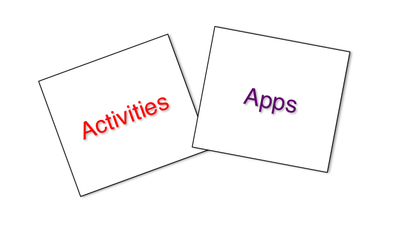

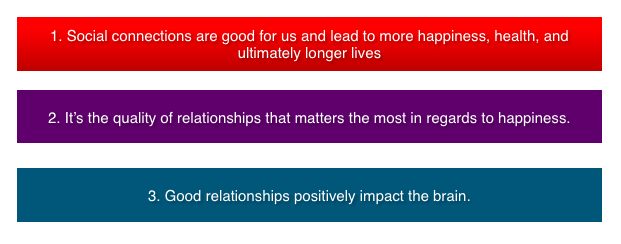





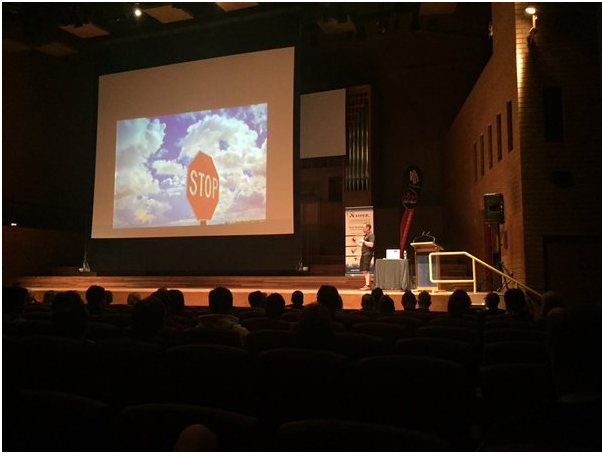
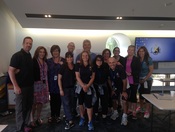
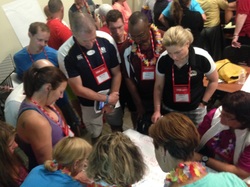
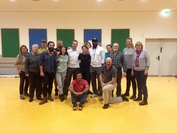
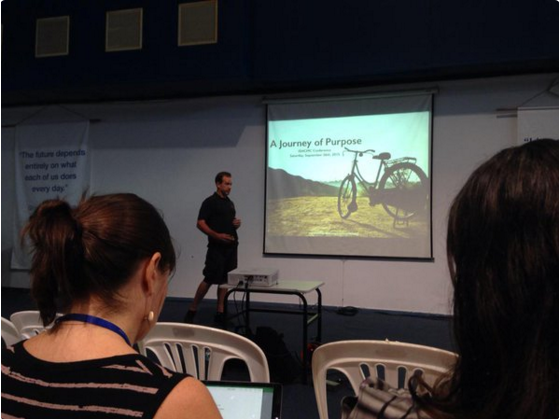
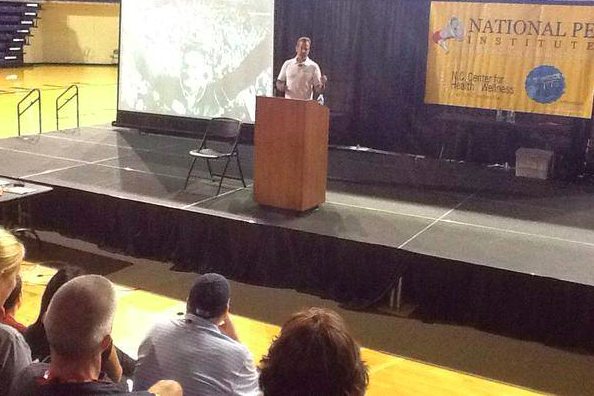
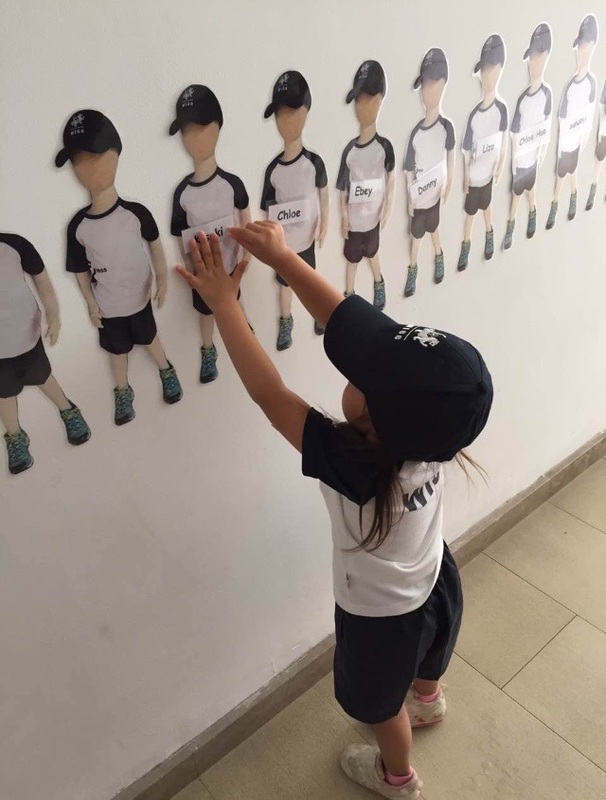
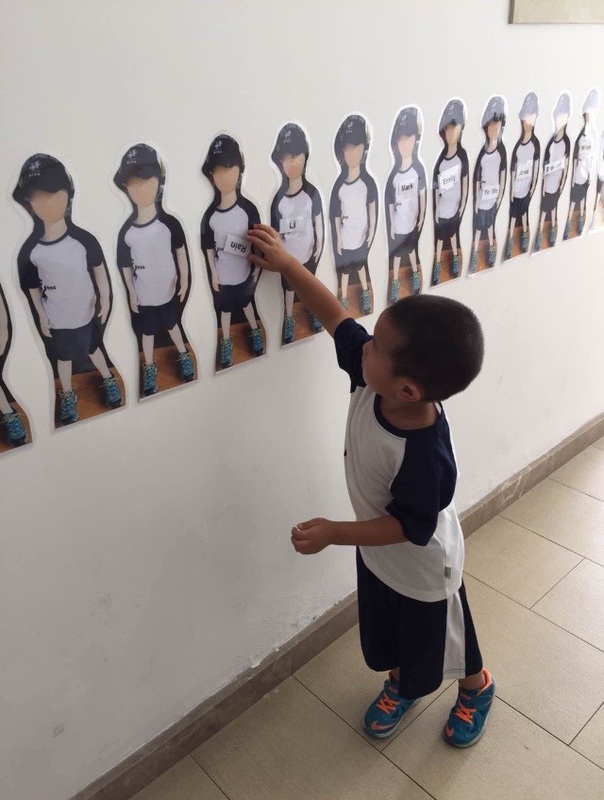
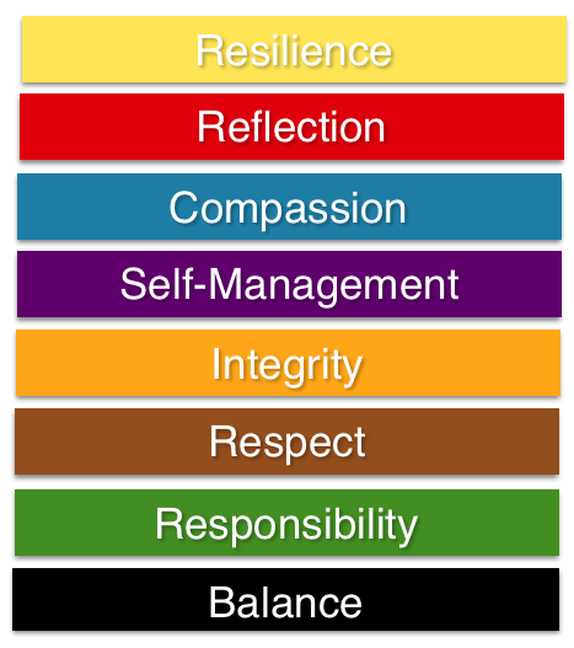
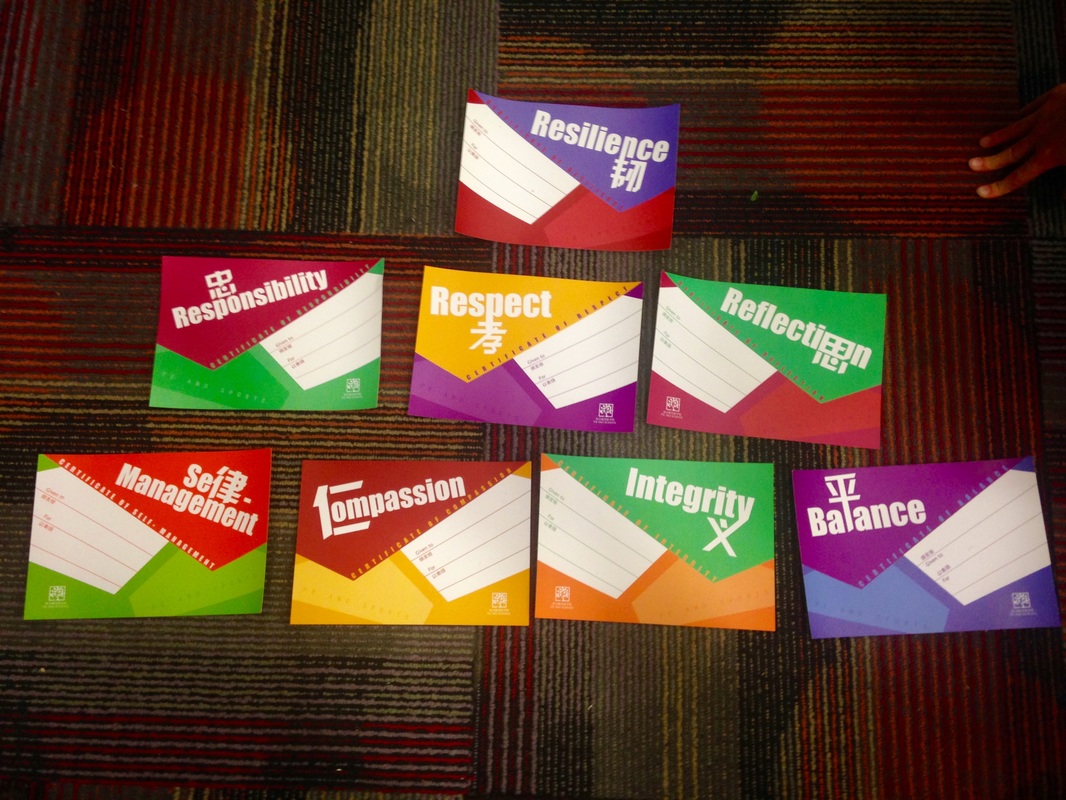
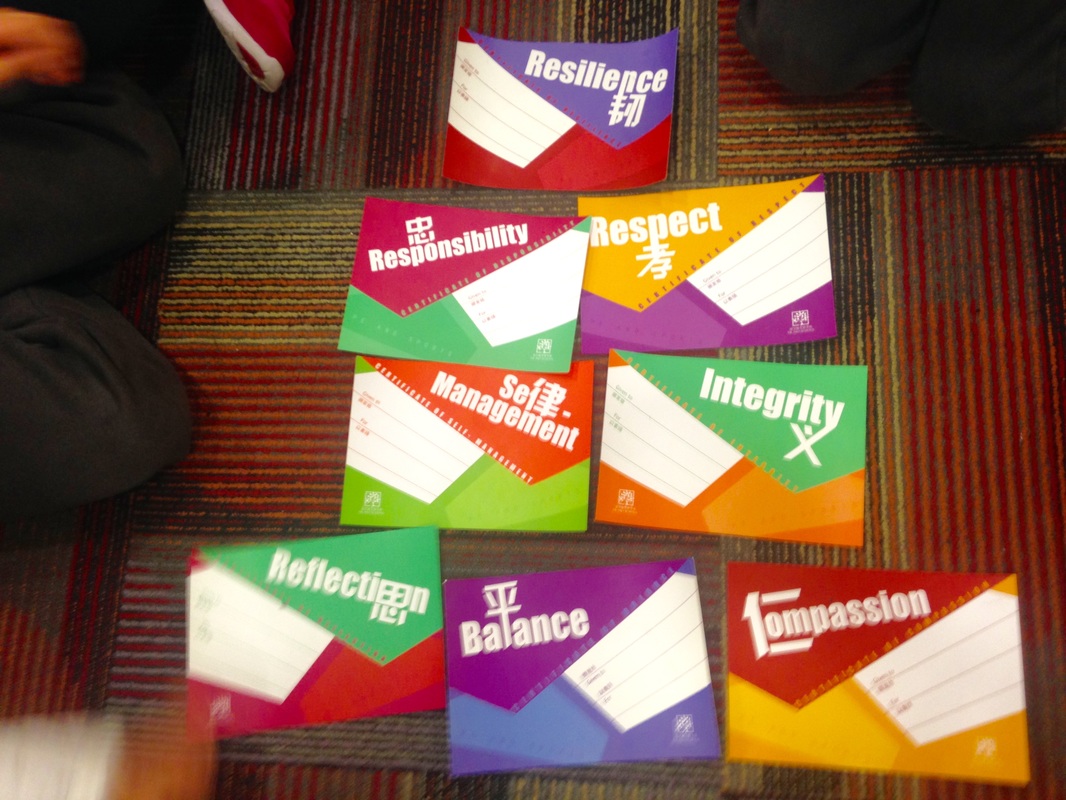
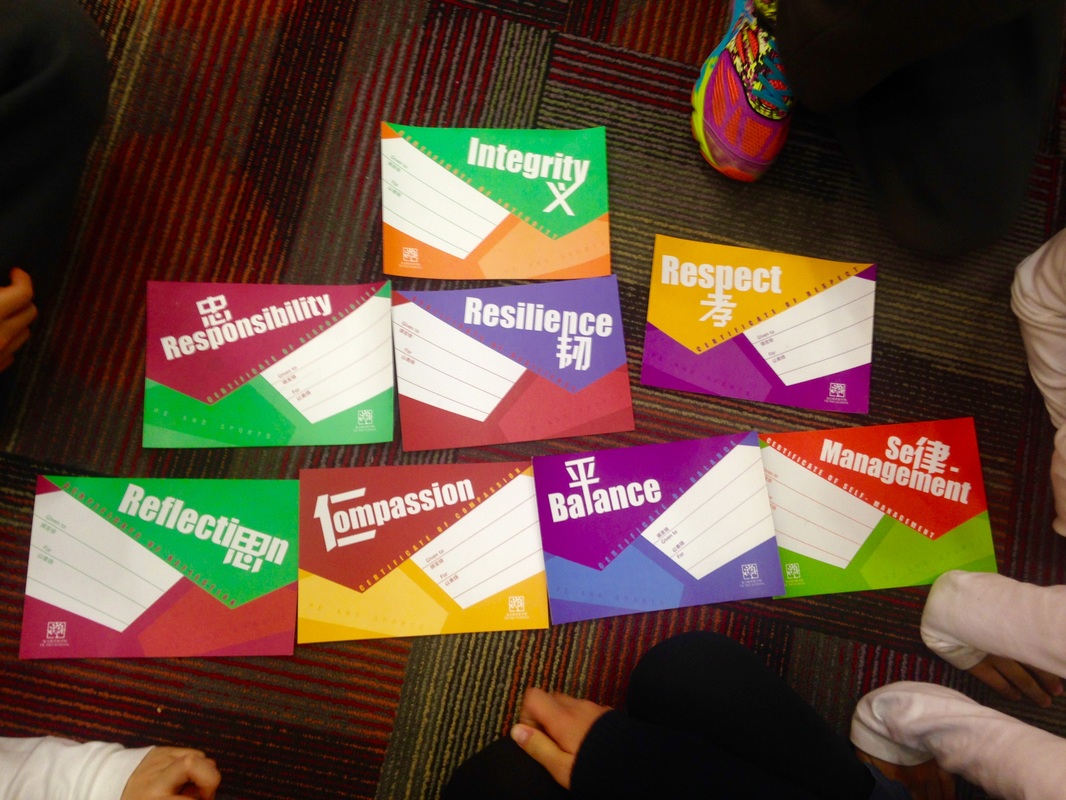
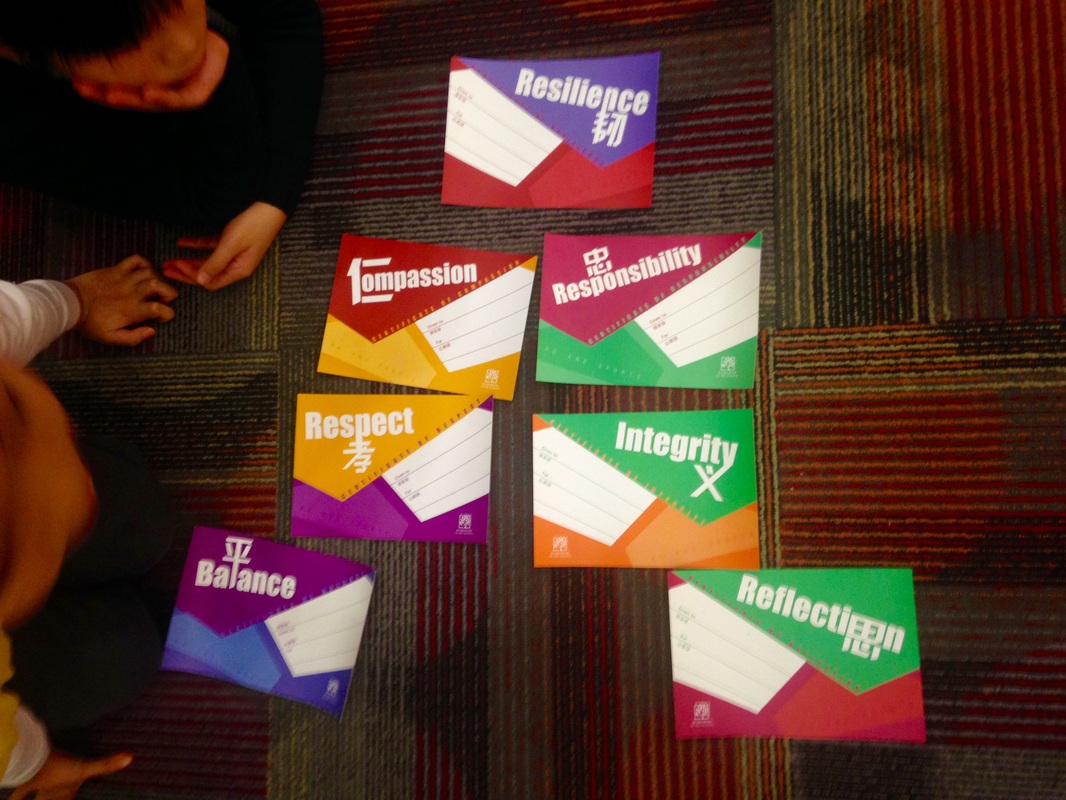

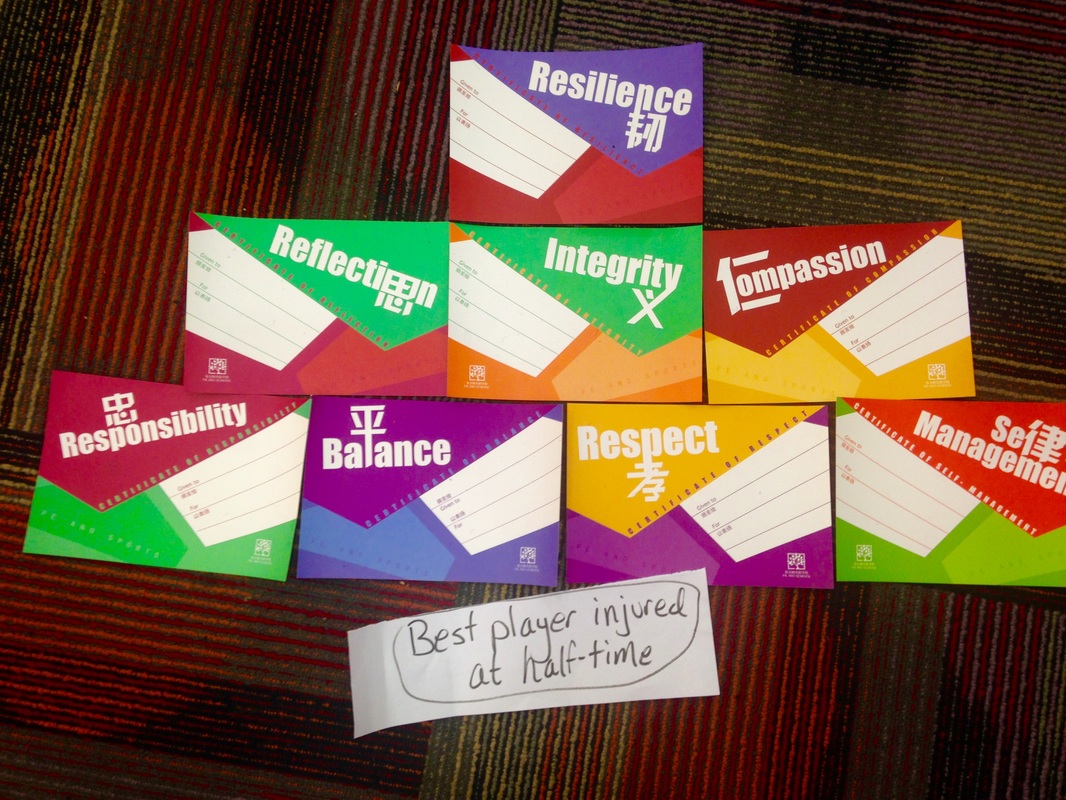
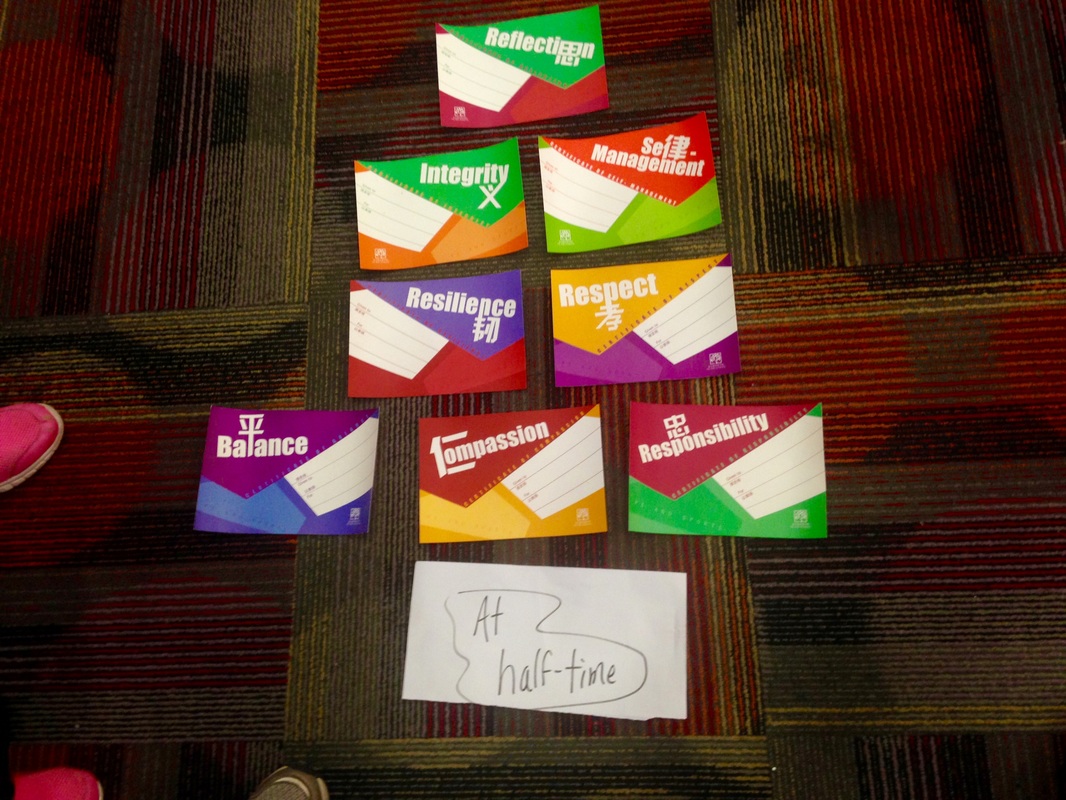
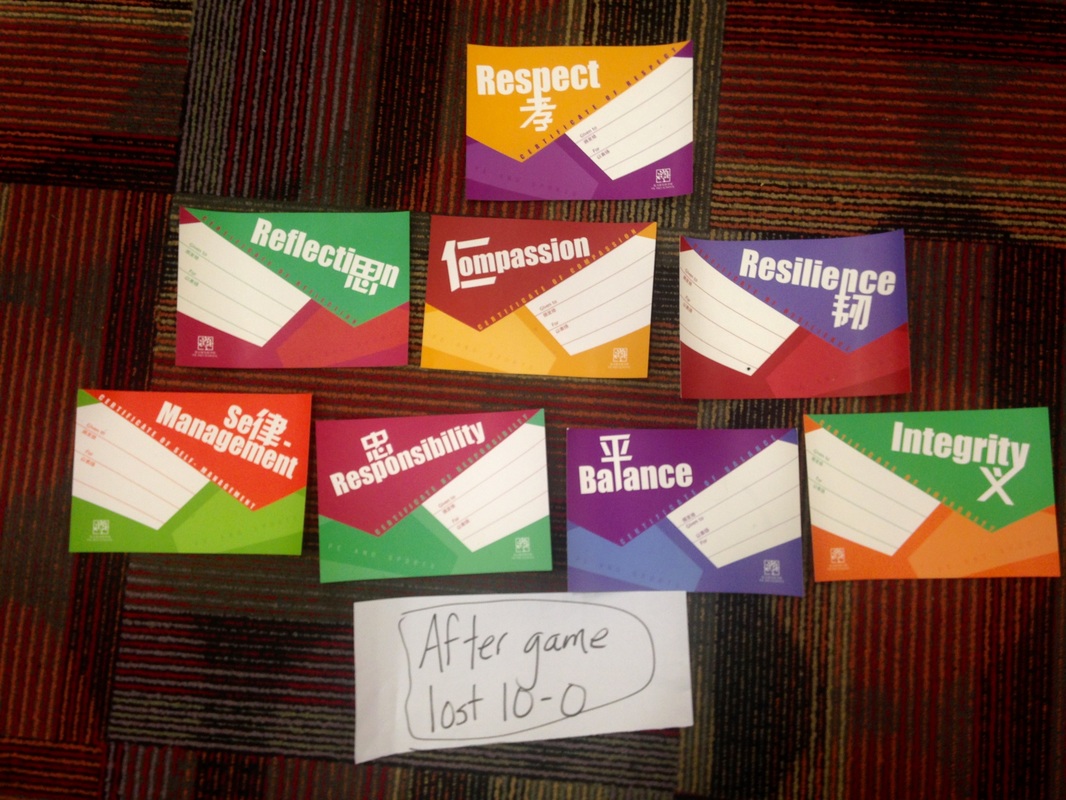
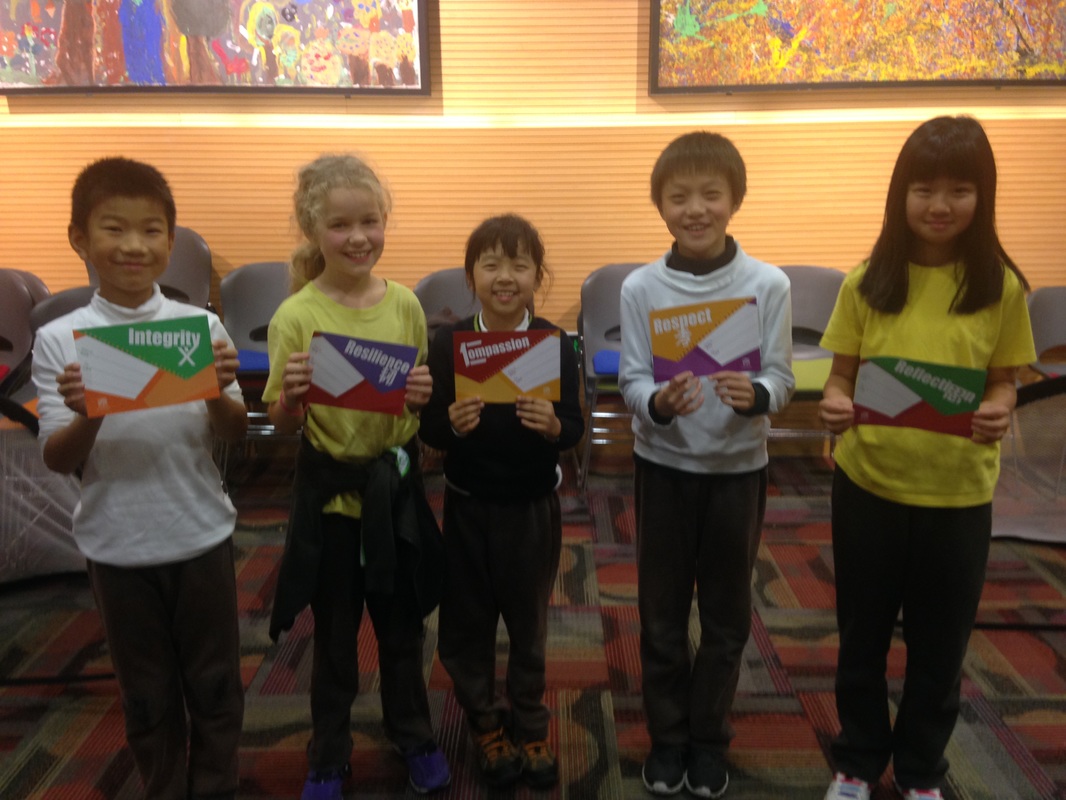
 RSS Feed
RSS Feed
